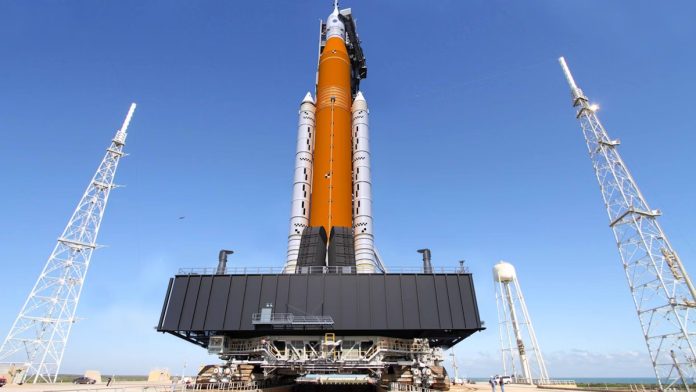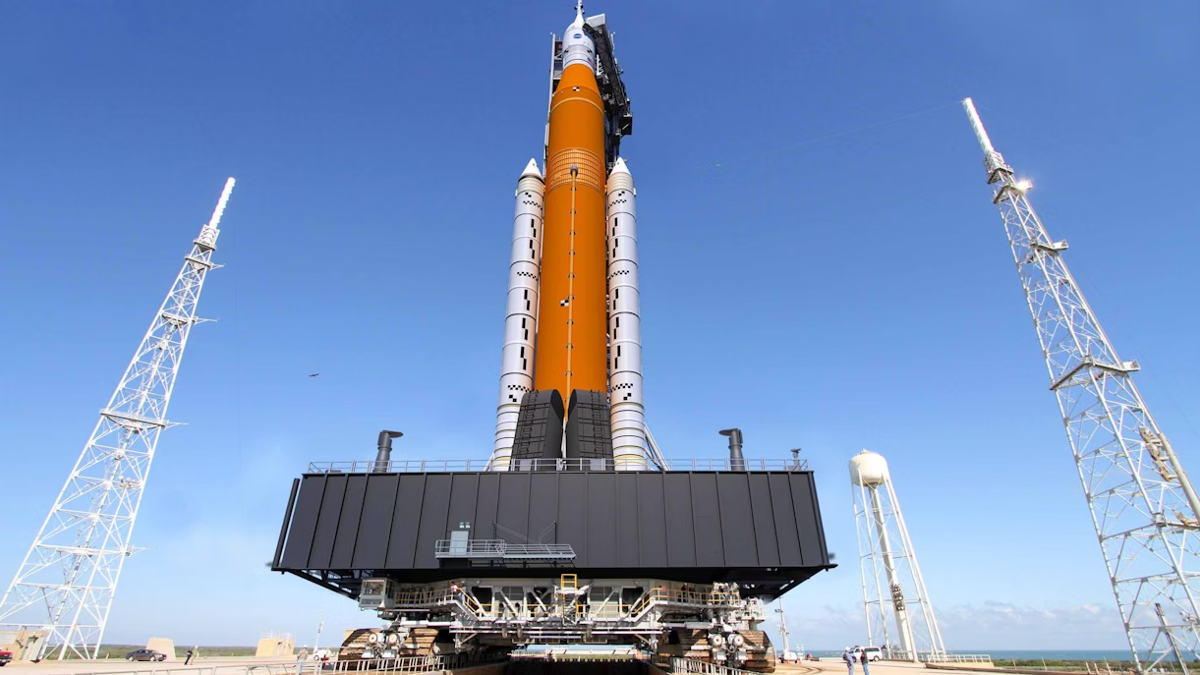
“One billion-dollar rocket is destroyed every launch!” Elon Musk’s 2020 tweet of NASA’s Artemis program on X is a widening divergence in the heart of American space policy. As the U.S. government approaches a $10 billion investment in Artemis, argument over how to spend on the future of humanity off planet and whether or not to do so has reached its zenith.
The Senate approval of the so-called ‘Big, Beautiful Bill’ is not just a fresh promise to step onto the moon, but a tactical rebalancing potentially sidelining missions to Mars and reorienting the competitive game among NASA’s established contractors and new commercial giants like SpaceX. The following is closer scrutiny of the key storylines, policy fights, and technology wagers driving this new space age.
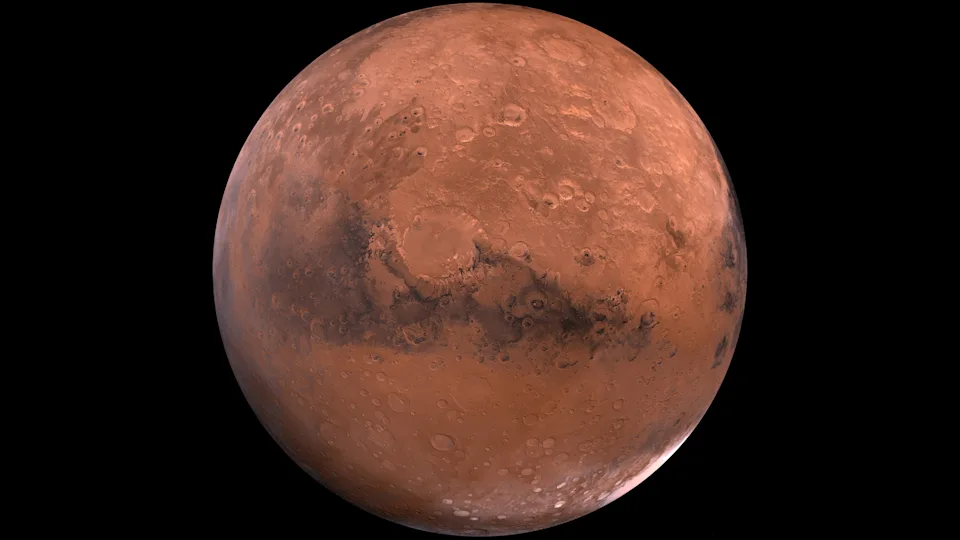
1. The reason $10 Billion Bump: Artemis Takes Off is put on the back burner by putting Mars dreams on hold
The Senate budgeting a $10 billion increase in NASA’s Artemis mission is a clear turning point in U.S. priorities for space flight. Artemis, with the target to send humans back to the Moon and create a permanent presence by the end of the decade, is now awarded record-breaking funding support. This comes at the cost of Mars-specific programs, a shift that threatens Musk’s own mission plans for crewed missions to Mars. The Artemis program has cost $93 billion up to 2025 so far, the majority going to the Space Launch System (SLS), Orion spacecraft, and lunar lander development. The new funds pins Artemis in as the cornerstone of United States space exploration, even while criticism that doubling down on expensive, single-use rockets isn’t the optimal solution.
To those who follow competition, passage of the bill is a strategic loss for SpaceX, which has been touting Mars as the destination. The White House’s renewed interest in lunar infrastructure, specifically the Lunar Gateway and Human Landing System, is a nostalgia trip back to Cold War strategy: Moon as proving ground and geopolitical theater.
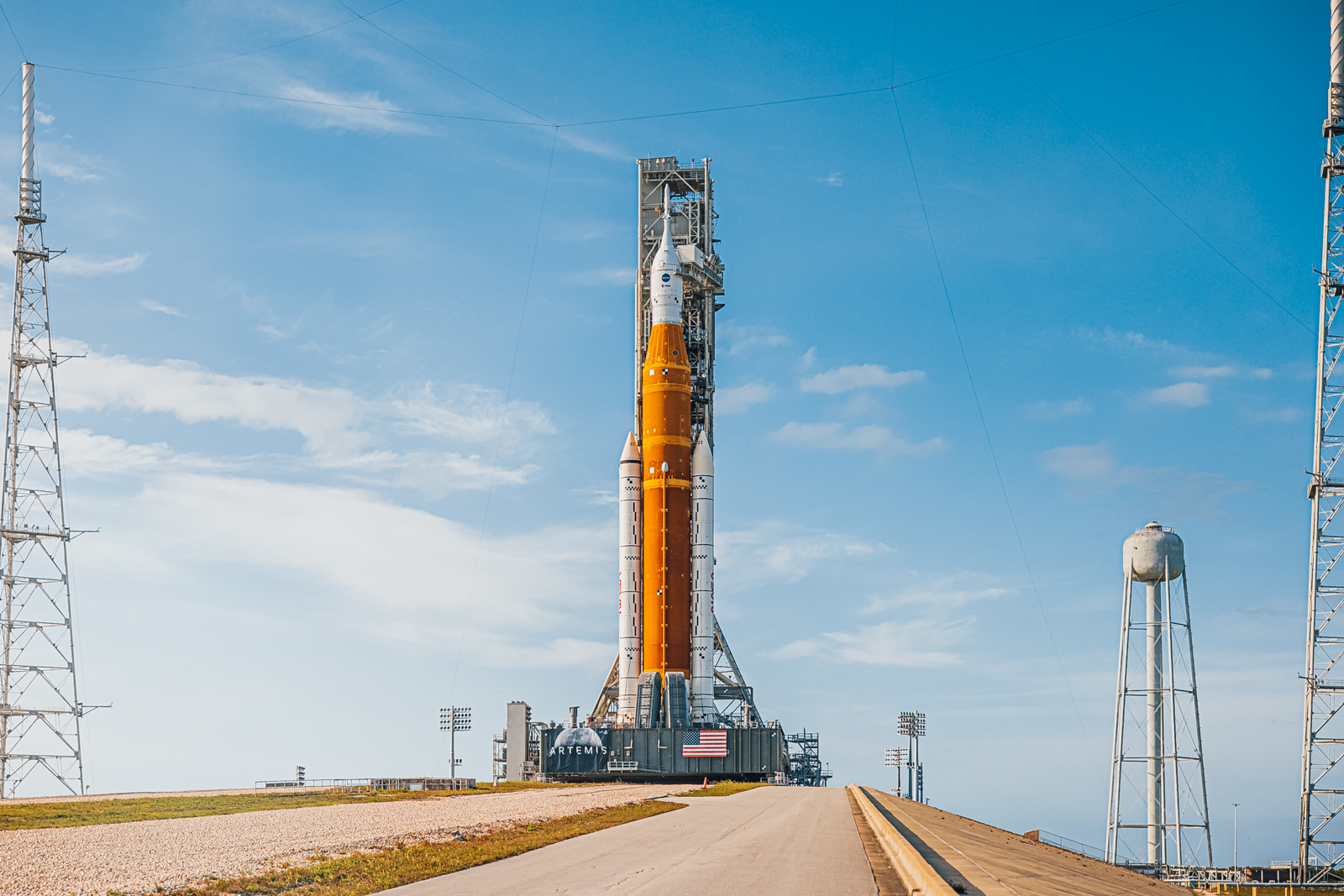
2. SLS Vs Reusability: The Economics of Rocket Competition
Behind the split with Artemis-SpaceX is a philosophical disagreement about rocketry. NASA’s SLS, a heavy-lift expendable rocket, is limited to up to $2.5 billion per flight a cost that exceeds reusable rocket costs. SpaceX’s Falcon 9, to take one example, costs approximately $62 million per flight, thanks to its capacity to land and reuse its first stage several times.
Reusability’s proponents claim that it is the sole way to obtain sustainable, affordable access to space. As one industry publication points out, “Using a reusable rocket instead of an old-fashioned rocket can cost as much as 65% less.” The SLS, meanwhile, has been ridiculed Musk himself referred to the Big, Beautiful Bill as a “disgusting abomination” and criticized the SLS as a “waste of taxpayer dollars.” The economic and environmental argument for reusability is winning support, but Artemis’ staunch commitment to expendable rockets indicate the debate is far from over.
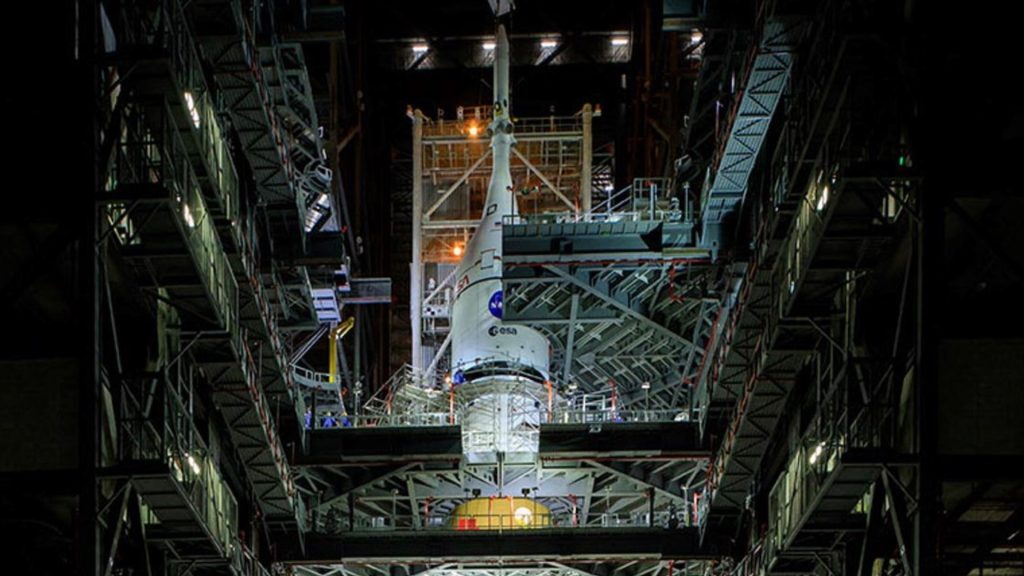
3. Artemis’ Delays and Rising Costs: A Program in Question
While Artemis has strong political support, its technical and financial issues are piling up. The Orion crew capsule, for example, has been shown to have spent $3.2 billion more than planned, and the Artemis portfolio came close to having almost as much cost overruns as all the other projects combined at NASA, as recently discovered by the Government Accountability Office. The 2022 unmanned test flight of Artemis I uncovered surprising erosion of the heat shield, leading to additional delays and overhauls.
These overruns are a symptom, not the exception: the July 2025 GAO report noted that five Artemis missions cost nearly $7 billion over budget. The downstream delays can delay crewed lunar landings and add even more to the cost. As William Russell of the GAO said, “The size of the efforts are quite large so when changes to those programs or delays happen, it really accumulates.”
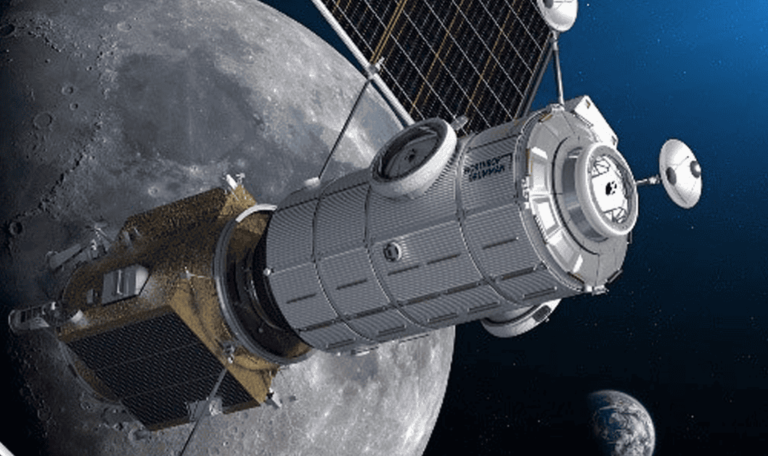
4. Lunar Gateway: International Cooperation and Strategic Interests
Another of the top beneficiaries is the Lunar Gateway, a future space station in lunar orbit, as a launch point for Artemis missions. Gateway has roughly $2.6 billion allocated and is being constructed in collaboration with the European Space Agency, Japan, Canada, and the United Arab Emirates. Gateway’s initial habitation module HALO is in final construction, and integration and testing are scheduled for 2025.
This global undertaking is not merely a technological achievement; it’s an expression of diplomacy. As Gateway Program manager Jon Olansen described it, “Building and testing hardware for Gateway is truly an international collaboration.” The Gateway will enable high-speed communications, sophisticated robotics, and a science platform, while showcasing U.S. leadership in cislunar space.
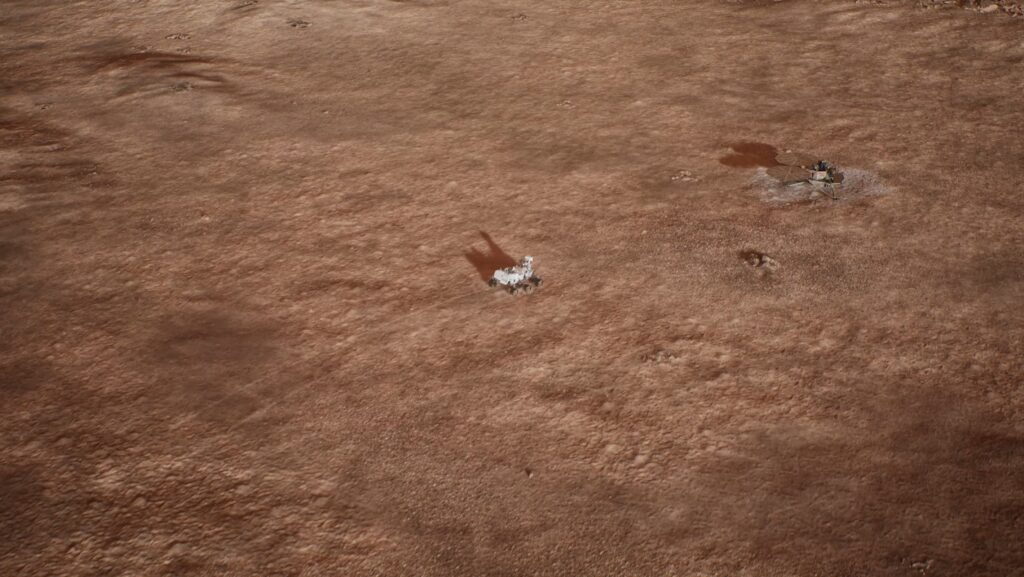
5. Mars Sample Return: Budget Wars and Political Survival
The Mars Sample Return (MSR) mission, scheduled to be scrapped, is now a Congressional budget war casualty. The Senate restored the funding following President Trump’s May 1 call to cut $6 billion from NASA’s budget, including adding $700 million to a Mars Telecommunications Orbiter for MSR and subsequent Mars missions. But the project is still under alert watch for cost overruns and slipped schedules.
As The Planetary Society explains, “MSR is the 2022 Planetary Science Decadal Survey’s highest priority,” and Congress has demonstrated political will despite binding budgetary constraints. The result will determine the future of Mars exploration and the science-human spaceflight balance of power at NASA.
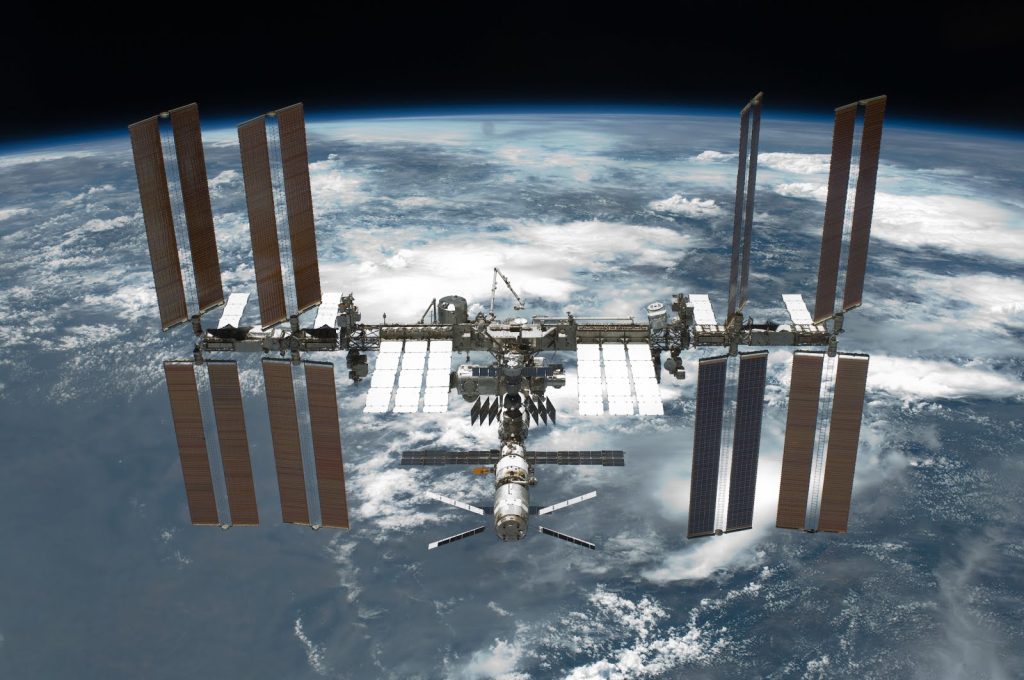
6. ISS Decommissioning: SpaceX’s Role and Policy Tensions
While the Artemis program is center stage, the future of the International Space Station (ISS) is another policy battleground. The new legislation appropriates $1.25 billion to operate ISS through 2029, essentially putting on hold Musk’s ideas of de-orbiting the station earlier. NASA has also provided SpaceX with an $843 million contract to construct the vehicle that will coast the ISS safely to the Pacific Ocean by 2030.
SpaceX’s participation in the ISS endgame is the company’s increasing salience, even while its Mars plans recede into the background. The schedule of shutdown, though, is governed by international treaties and not presidential agendas a signal that space policy is as much diplomacy as it is engineering.

7. Political Crosscurrents: The Budget Wars and Workforce Fallout
The Artemis funding boost is set against a background of intensely politicized battling over the future of NASA. The White House’s 2026 budget request contains a 24% reduction in total expenditures for NASA, cutting science and Earth observation but leaving exploration of the moon and Mars funded. Critics caution that these reductions “would gut space science research and analysis programs, debilitating university departments, research institutions, and NASA centers.”
Rep. George Whitesides described the proposal as “the biggest attack against the agency in recent history.” The future of Artemis, SLS, and Orion following Artemis III is uncertain, with the administration demanding phasing out these systems in favor of less expensive commercial options. The outcome is uncertainty for NASA workers and its foreign allies.
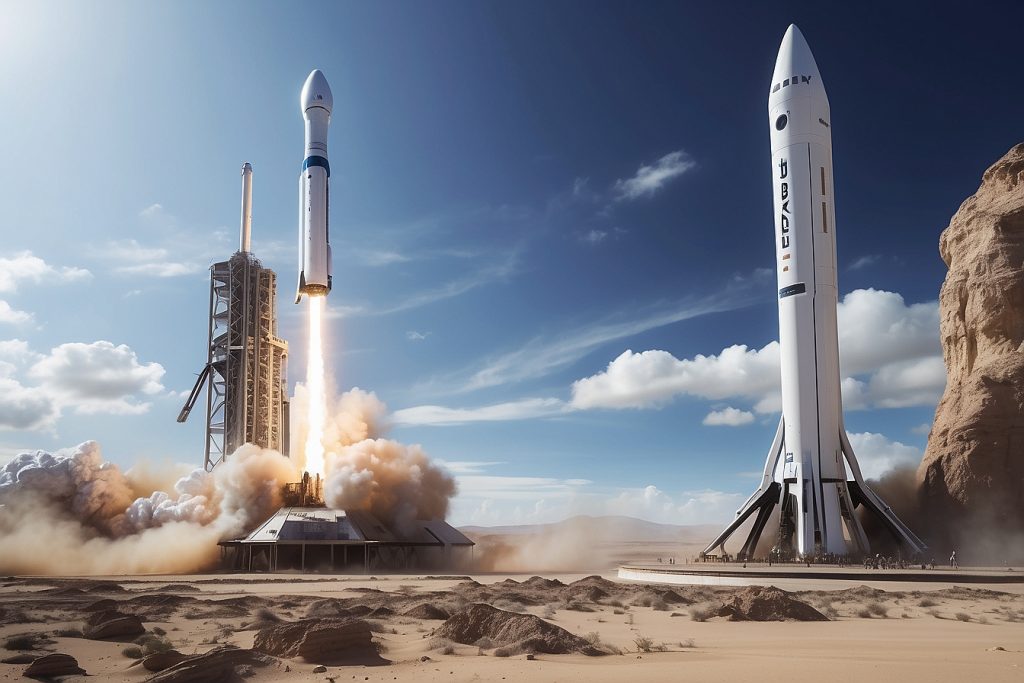
8. The Reusability Revolution: SpaceX, Blue Origin, and the Future
Even though it is faced with challenges, the pressure for reusable launch vehicles keeps building. SpaceX’s Falcon Heavy and Falcon 9 have shown the feasibility of propulsive landing and high-rate turnaround, and Blue Origin’s New Shepard and Rocket Lab’s Electron are leading the charge in reusability in suborbital and small satellite markets. According to industry analysts, “Reusable launch vehicles are revolutionizing space exploration by reducing costs and increasing the frequency of missions.”
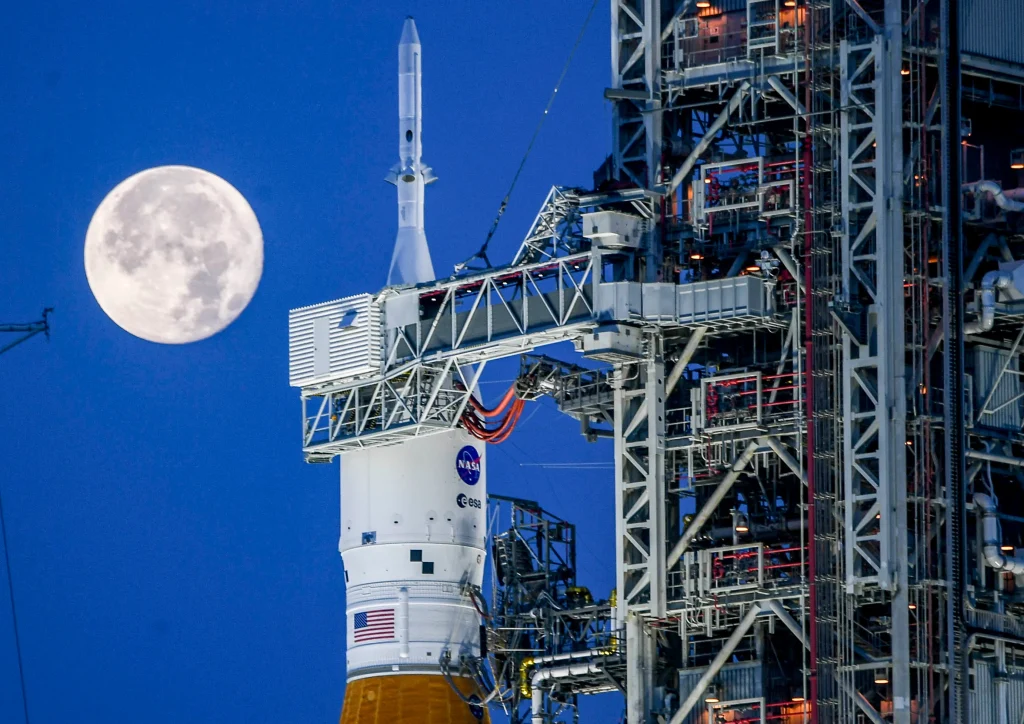
The coming decade could witness a shift from one-time, government-owned rockets to commercial, reusable vehicles carrying a more generic class of missions. Whether the NASA Artemis design will be included in this new world or displaced by it is arguably the most significant question in space policy today.
The $10 billion Artemis boost has reignited debates over cost, technology, and national priorities in space. As NASA and its supporters press on with lunar plans, competition with SpaceX and the overall direction toward reusability will remain to shape the future of exploration. Choices today will determine not only who arrives first, but how humanity makes its next great leap.
